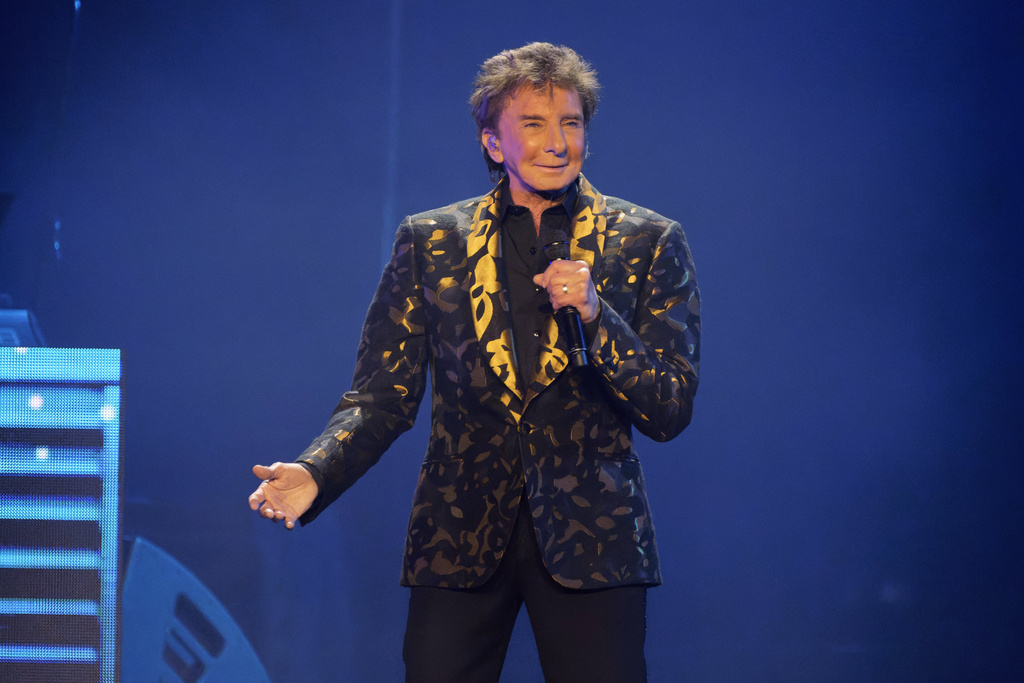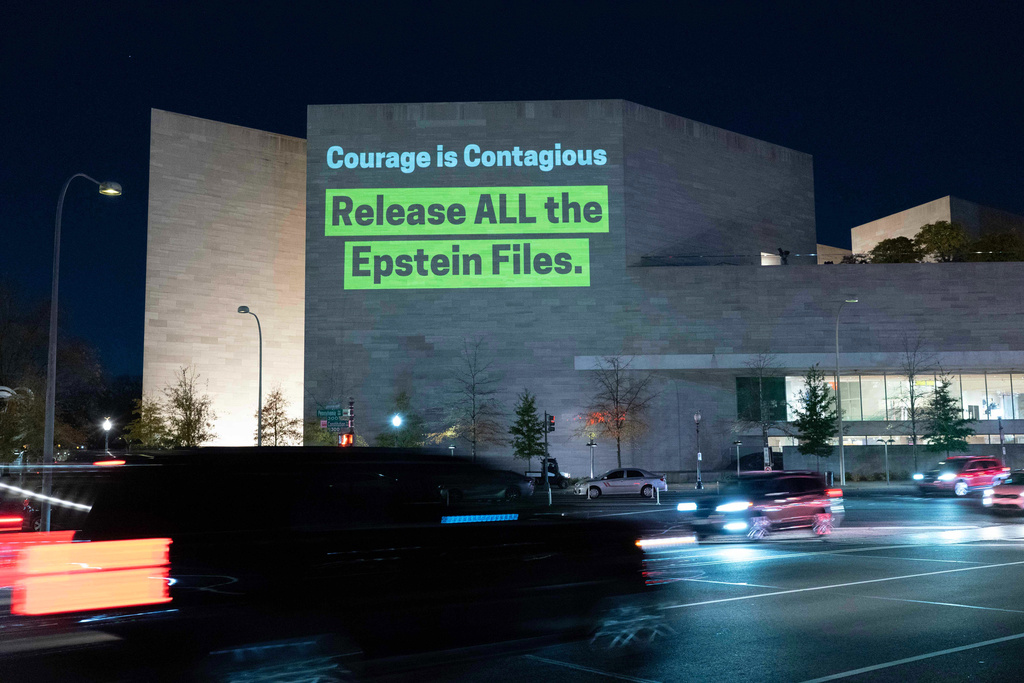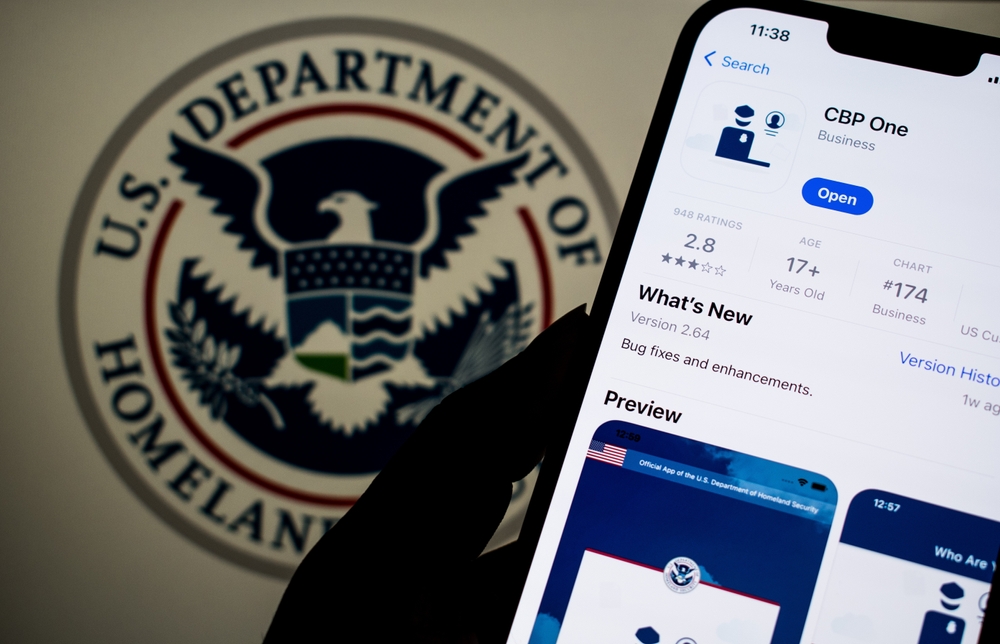In the last several school years, the popularity of smaller schools like charter schools and community schools has exploded.
Parents have really started asking: Are traditional schools working for my student?
Kids playing is what you’d expect when you think of kids in schools, but for most students, this freedom comes only in between classes and tests.
At the Morgan Oliver Community School, creativity and spontaneity are encouraged every moment of the day.
"We're not creating robots; we're creating little people who are going to go out into the world and make decisions that impact everything," said Sanidia Oliver-Stone, founder and head of Morgan Oliver School.
Stone founded this school to be different than what she and her brother experienced growing up.
"We experienced a lot of school systems, and we never really had enough to feel stabilized, and that's just hard for a kid," said Oliver-Stone.
Her brother, Morgan, was a veteran.
Sanidia says he died by suicide in 2017, after years of struggling to get mental health care after his time in the service.
"And one of the things that he always believed in was the capacity of humans—what we could do and what we weren't doing," said Oliver-Stone.
Now this school represents the capacity for what education can be.

Parents train education advocates to help children succeed in school
The pandemic erased two decades of progress in reading and math scores for American students, and students of color fell behind even further.
Teachers Heather Johnson and Laura Arce left traditional public schools to work in this school, where classes are small. As much as possible is spent outdoors, and the curriculum focuses on representation.
"One of the things that really shocked me was happy kids," said Arce. "You get to focus on the child more holistically and their social, emotional learning."
"Not only are we empowering their voices, and representation is important. So, being able to see women and people of color, and through our anti-racist curriculum, they're able to see role models for themselves," said Johnson.
At this point, you might be wondering: How much does this kind of specialized education cost?
"Parents and families select which tuition structure feels appropriate for their family," said Oliver-Stone.
This school offers a "pay what you can" tuition program, opening the door to all students—a rarity for small programs like this one.
Research from the Brookings Institution shows that with more small schools, communities experience less poverty, the earning potential for families rises, and more investment is made in the community as a whole.
But most important is the impact these schools have on students.
"We're learning about things that actually interest us," said 12-year-old student Addison Griffie.
The students say that what’s different in this school is something no test could measure.
"Here, I feel so free to be myself," said 12-year-old student Sophia Oliver.
"At my old school, I was really stressed out because it was all online. But here, I get like one-on-one time with teachers, and if I'm falling behind in something, I don't get yelled at," said Griffie.
It’s a team effort to help young people be empowered people, confident thinkers, and the leaders of tomorrow.
An effort Oliver-Stone knows more communities across the country can take on.
"Hopefully we will inspire others to do it," said Oliver-Stone. "And if we really care about our country and if we care about the future that we have, we need to. Education is fundamental."











